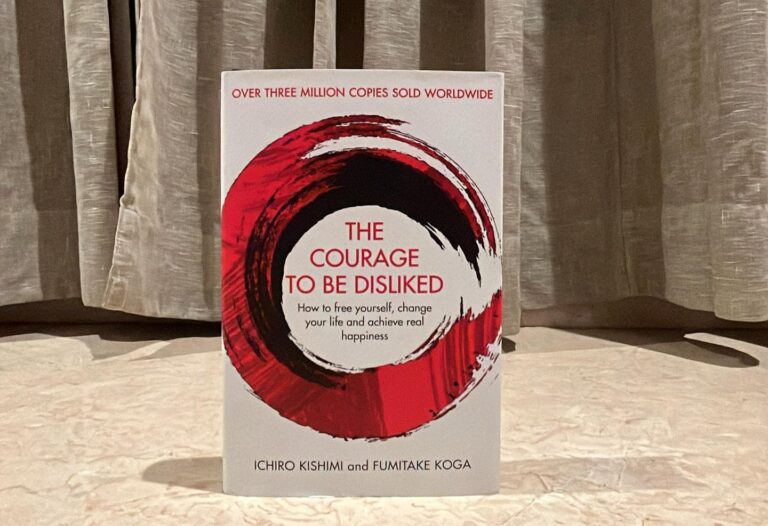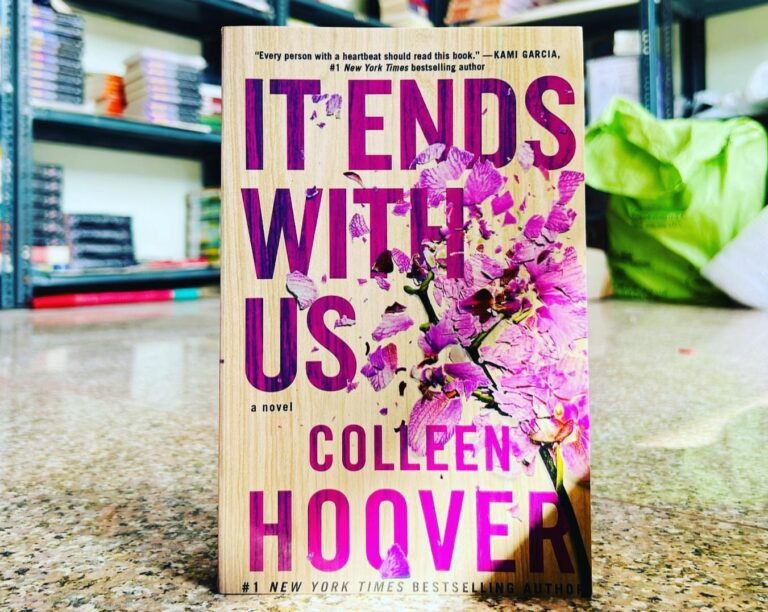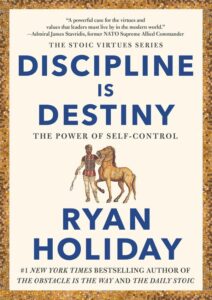Think Like a Monk is the kind of book that speaks softly, but says things you somehow needed to hear. It’s not trying to impress you. It’s not trying to push a life hack. It simply invites you to pause… and rethink the way you’re living.

Jay Shetty doesn’t write like a guru. He writes like someone who’s been through the noise, sat with silence, and came back with a few thoughts on how to live a little better.
Table of Contents
This isn’t a book you speed-read. It’s one you sit with.
It’s not about becoming a monk.
Let’s clear this up: Jay isn’t telling you to go live in a cave or renounce your belongings. Think Like a Monk isn’t about escaping life. It’s about showing up to life—fully and intentionally.
Jay lived as a monk for a few years, yes. But now he lives in the real world. Just like you and me. And that’s the point of this book. It’s about taking the inner stillness of monk life and bringing it into your everyday routine.
What it actually talks about
This book touches on the things we all wrestle with but rarely slow down to question:
- Why are we always comparing ourselves to others?
- Why do we say yes to things that drain us?
- Why is silence so uncomfortable—and what would happen if we embraced it?
- Why do we chase “success” that doesn’t feel good once we get there?
Jay breaks the book into three sections:
Let Go, Grow, and Give.
It’s not just a structure—it mirrors real life. We all carry mental clutter. We all want to grow past it. And eventually, most of us realize that what really feels good is giving something meaningful back.
A few things I took away
Not as bullet points, but real, lived takeaways:
- Your thoughts aren’t facts. You don’t have to believe every voice in your head. You can observe them without letting them control you.
- You don’t need to react to everything. Not every email, opinion, or headline deserves your attention. Sometimes the strongest move is silence.
- Purpose isn’t some grand discovery. It’s often found in small, consistent actions—showing up, helping others, staying honest with yourself.
- People drain or refill your energy. Pay attention to how you feel around certain people. Protect your peace like it’s sacred—because it is.
- Stillness isn’t laziness. It’s where clarity lives. And most of us need more of it than we realize.
A few quotes I underlined
Sometimes, Jay writes a sentence that doesn’t feel like advice. It feels like truth.
“The more we define ourselves in relation to other people, the more lost we are.”
“We force ourselves to keep running even when there’s no finish line in sight.”
“You don’t break habits. You replace them.”
“The greatest power you have is your ability to breathe and choose peace in a storm.”
You don’t need to memorize them. Just let them sit in your mind. They land when they need to.
Who should read this?
This isn’t a book for “spiritual” people or productivity junkies. It’s for anyone who’s ever felt tired of being busy all the time but still feels like something’s missing.
If you’ve been on autopilot…
If you’re craving quiet…
If you want to feel a little more anchored in your day…
…this book might be the right companion for a while.
What happens when you finish it?
You don’t close this book and go start a 5 a.m. meditation practice.
But you might:
- Put your phone down for a bit longer.
- Pause before reacting to someone’s comment.
- Ask yourself what you actually value—not what the world tells you to chase.
- Start your morning with intention instead of urgency.
- Listen more. Rush less.
- Think more slowly, but more clearly.
That’s what Think Like a Monk leaves you with. Not big changes. But small shifts that feel like coming home to yourself.
No rush, just reflection
If you’re looking for a fast fix, this isn’t it. But if you’re ready to sit with yourself a little more honestly, and maybe stop trying so hard to be everything for everyone—this book offers a gentle way in.
Jay Shetty doesn’t pretend to have all the answers. But he gives you better questions. And sometimes, that’s more than enough.
Thank you for reading
If something in this Summary spoke to you, good. That’s all it’s meant to do.
You don’t have to “apply” everything you read. Just notice what sticks. Let it guide you, slowly.
And if you’re looking for more honest, human reflections on books worth reading, check out thebooksx.com. No pressure. Just presence.
Until next time—breathe, pause, and come back to yourself.







